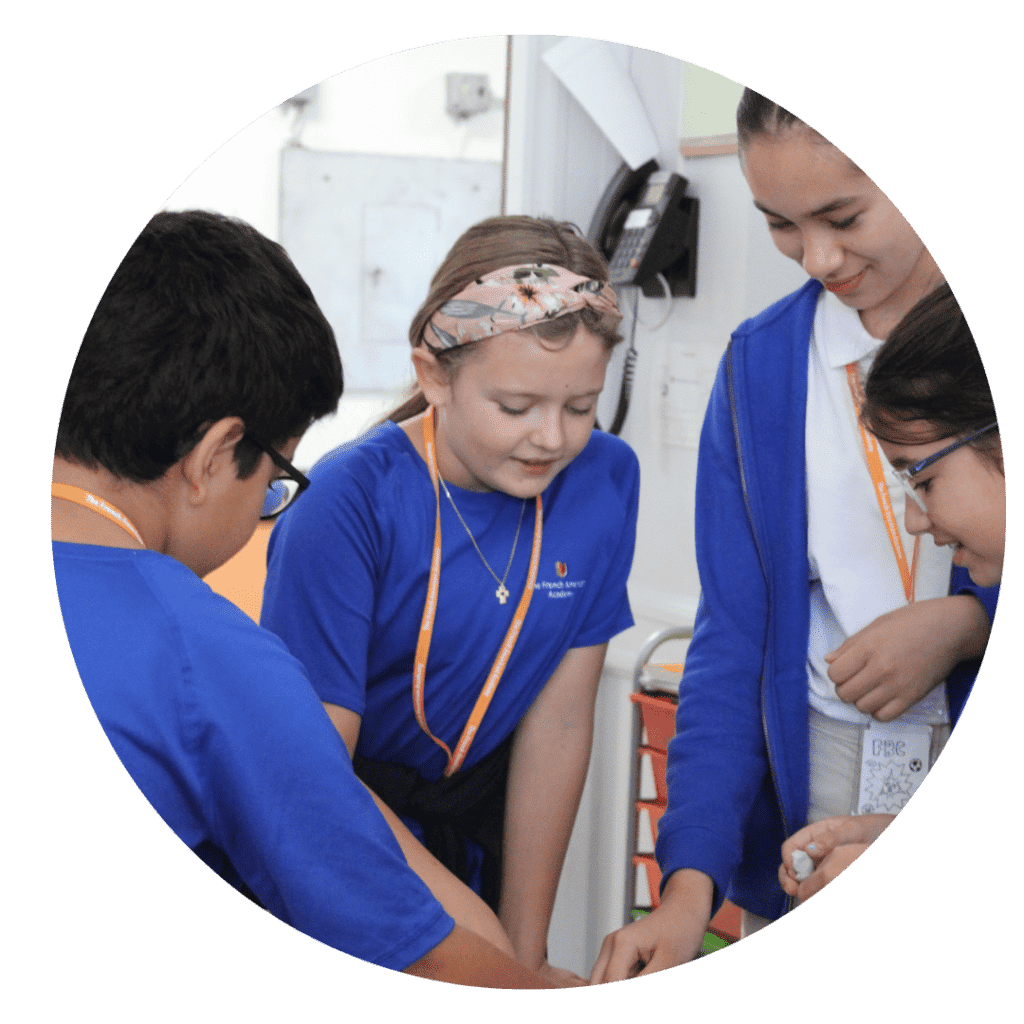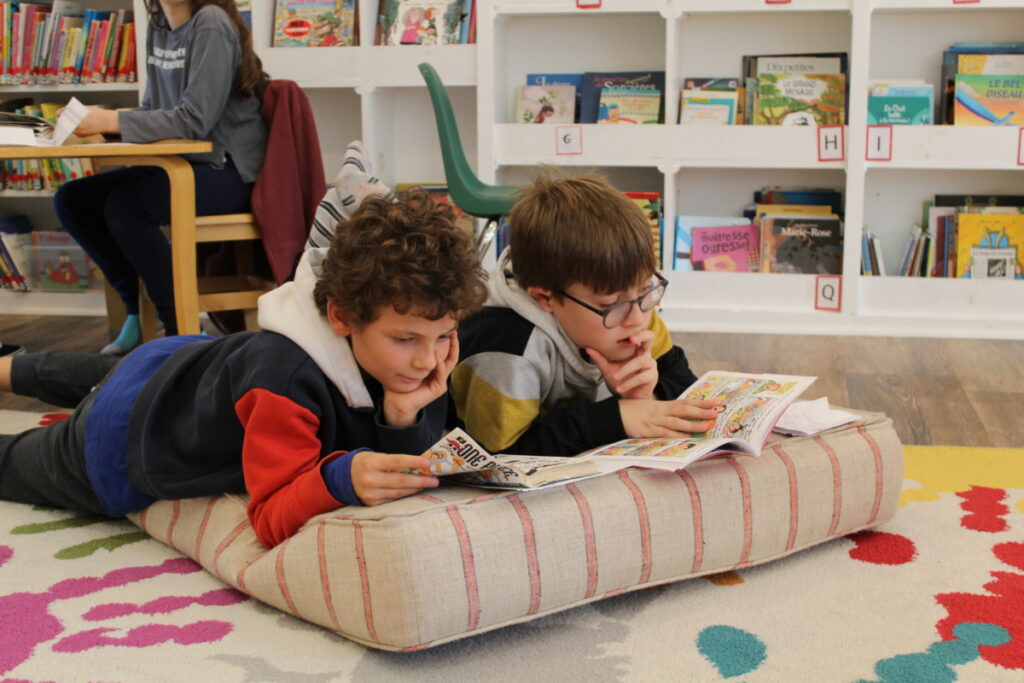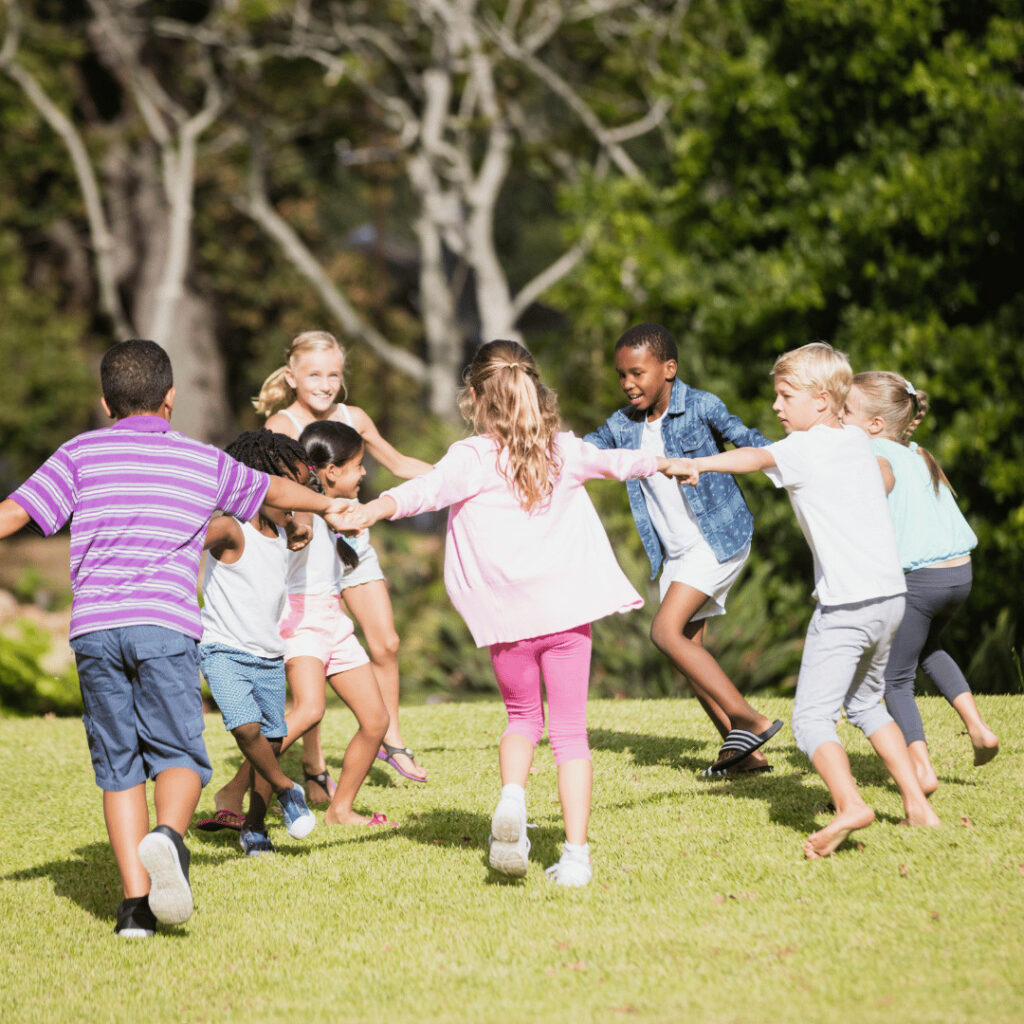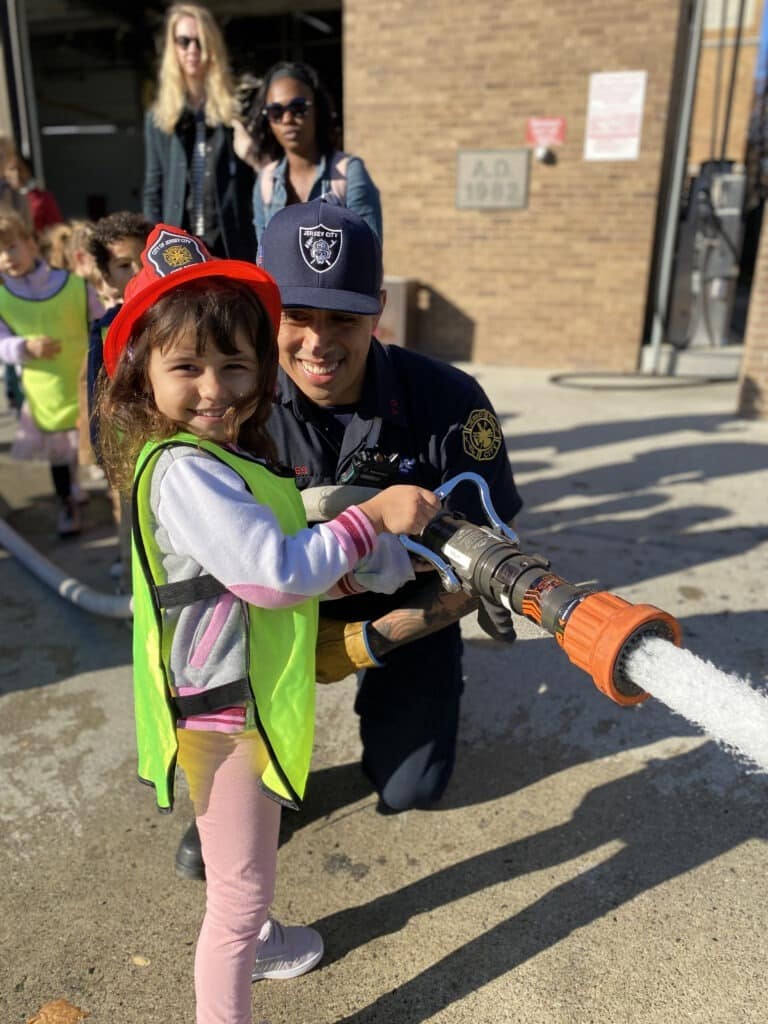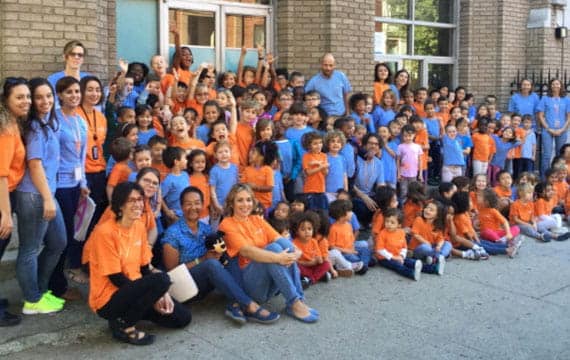Does anyone else hear their mother’s voice identifying plants in their head, or is that just me?
As I walk around Jersey City every spring, she constantly pipes up:
Ooh, look at the little crocuses popping up!
There are the daffodils and hyacinths! …oh look! We found a worm!
Look at the snapdragons. We can squeeze them to open the dragon’s “mouth”.
How many colors of tulips can we count? Let’s choose a few to cut for your teachers.
When I was a young child, I loved trailing after Mom in the garden, observing, helping, and listening. It was a special time for us, as she shared her love of nature and being outdoors with me. Though I am no avid gardener myself, I still carry those fond memories with me … and when I go visit her in the spring, I’m invariably roped into helping her plant her petunias!

Now I am a teacher, and I am awed by the amount of learning that was occurring outside of a classroom and far from books and paper: the colors and names of the flowers; the respect for nature and the cycle of life; the texture of the earth on my hands and feet; the smells of dirt, plant food, and growing things. I absorbed those lessons every year, different ones for each season. It saddens me when I realize that many children nowadays don’t get to revel in the same rich experiences.
Parents frequently ask my colleagues and myself: “What can I do to help my child learn and grow?” And we frequently respond: Have real conversations with your child. Ask them questions and listen to their answers. Turn off the tablet, the phone, the TV. Read real books, together. Indeed, those are all important ways to foster learning.
But this month, in honor of spring, we encourage you to foster learning by doubling or tripling your efforts to get outside with your children! The sad statistic is that American children spend, on average, only 4-7 minutes of unstructured time outside in a day. Only 4-7 minutes spent exploring, discovering, relaxing, and playing in nature. As parents, it is our responsibility to do better; to reestablish and deepen our children’s connection to nature. Because not only does unstructured time outdoors give your family bonding time, physical activity, stronger immunity, and many other health benefits, it also enhances cognitive development in numerous ways:
- Sensory Stimulation
The outdoors offer a wide array of sensory experiences. These help develop sensory processing skills, which are crucial for cognitive development.
- Enhanced Creativity
Try going somewhere without a playground! Children should have the freedom to explore and interact with natural elements such as sticks, pebbles, seeds, and leaves, which can spark their imagination and creativity.
- Improved Attention and Focus
Spending time in nature has been linked to improved attention spans and reduced symptoms of attention deficit disorders in children.
- Stress Reduction
Natural settings have a calming effect on the mind and body, reducing stress levels in children. Lower stress levels allow for better cognitive functioning, including improved memory retention and learning abilities.
- Exposure to Natural Learning Opportunities
The outdoors offer a wealth of educational opportunities that cannot be replicated indoors. Children can learn about plant and animal life, weather patterns, and ecological systems through firsthand experiences in nature.
Relatedly, spending time outdoors fosters a sense of connection with the natural world, which remains with us and inspires an urge to protect the environment and promote conservation.
- Development of Spatial Awareness
Outdoor environments provide ample space for children to move freely and navigate their surroundings. This helps them develop spatial awareness and spatial reasoning skills. If you’re hiking, see if you can print out or pick up a paper map to practice navigating while on the trail.
Risk-taking and Problem-solving
Outdoor play often involves taking calculated risks and overcoming challenges, such as climbing trees or building makeshift forts. These experiences promote resilience, problem-solving skills, and

This wealth of benefits and experiences is something that your child will bring with them into the classroom. The lessons they learn in reading, math, science, PE, social studies, history, and other subjects, will naturally connect and integrate with the knowledge they’ve built out in nature, and vice versa. Spending unstructured time in nature deepens understanding and enriches academic growth exponentially.
How can you do it? We recommend reflecting about how much unstructured time outdoors your child gets each week – do the math and add it up. While time spent playing outside sports is definitely positive, it is still time when they are operating within structure. How much time are they free to explore and discover nature, to experiment and make up games or challenges for themselves? Think of ways you can incorporate outdoor time into your family’s weekly schedule, and try to prioritize it. You can start small – even 20 minutes, 3 times a week, can make a difference for children who don’t get outside enough.
Consider the following ways to rack up extra time in nature:
- A nature scavenger hunt
- An age-appropriate hike or nature walk (have you been to the South Mountain Fairy Trail yet?)
- Relatedly, a “build a fairy house” challenge, using only natural supplies you find outside
- A bike ride
- Visit a farm stand together regularly, and try to visit a farm or growing space a few times a year to witness its progress throughout the seasons.
- A beach, river, or lake day
- Creating a garden at home, or getting a plot in a community garden. Have your child help design the garden and choose some plants. An indoor garden is a great way to bring nature indoors – children will delight in growing their own herbs and adding them to recipes you make together!
- A backyard campout, if you have the space
- Stargazing – print out a guide to constellations, and work with your child to try to find them. (Mom always showed me how to find Orion by locating his “belt” – it’s another lesson she gave me that I have taken all over the world.) Knowing the stories of the constellations will come in handy when your child studies mythology!
To take it a step further, why not challenge yourself to set a goal for time spent in nature, and work with your family to achieve it? The 1,000 hours outside project provides activity ideas and cute trackers to help a family achieve the goal of 1,000 hours in nature. They also have an inspiring book with crafts, experiments, and challenges to enrich the experience.
While children might not recall details of the Youtube videos they watched or the computer games they play, if you incorporate several hours of outdoor exploration into each week, they are sure to carry those memories and experiences with them. The knowledge they gain will reinforce what they learn in school. They will be more relaxed and focused, having spent time allowing their minds to be free and curious outside. And they will get to know you, and themselves, better during reflective moments walking, sitting, admiring a view, or just resting. The time you spend in nature with your children is never wasted.

